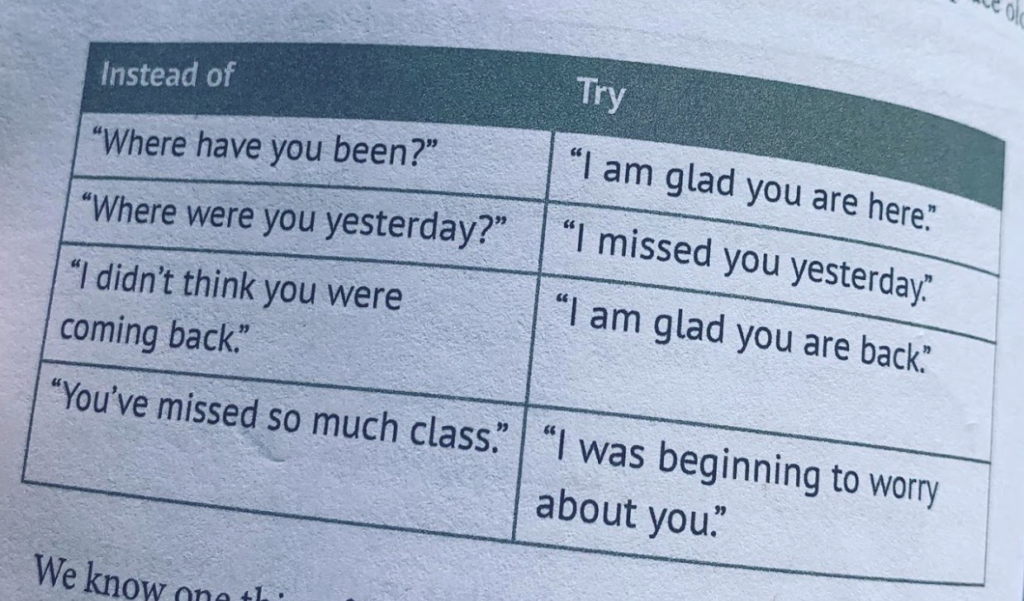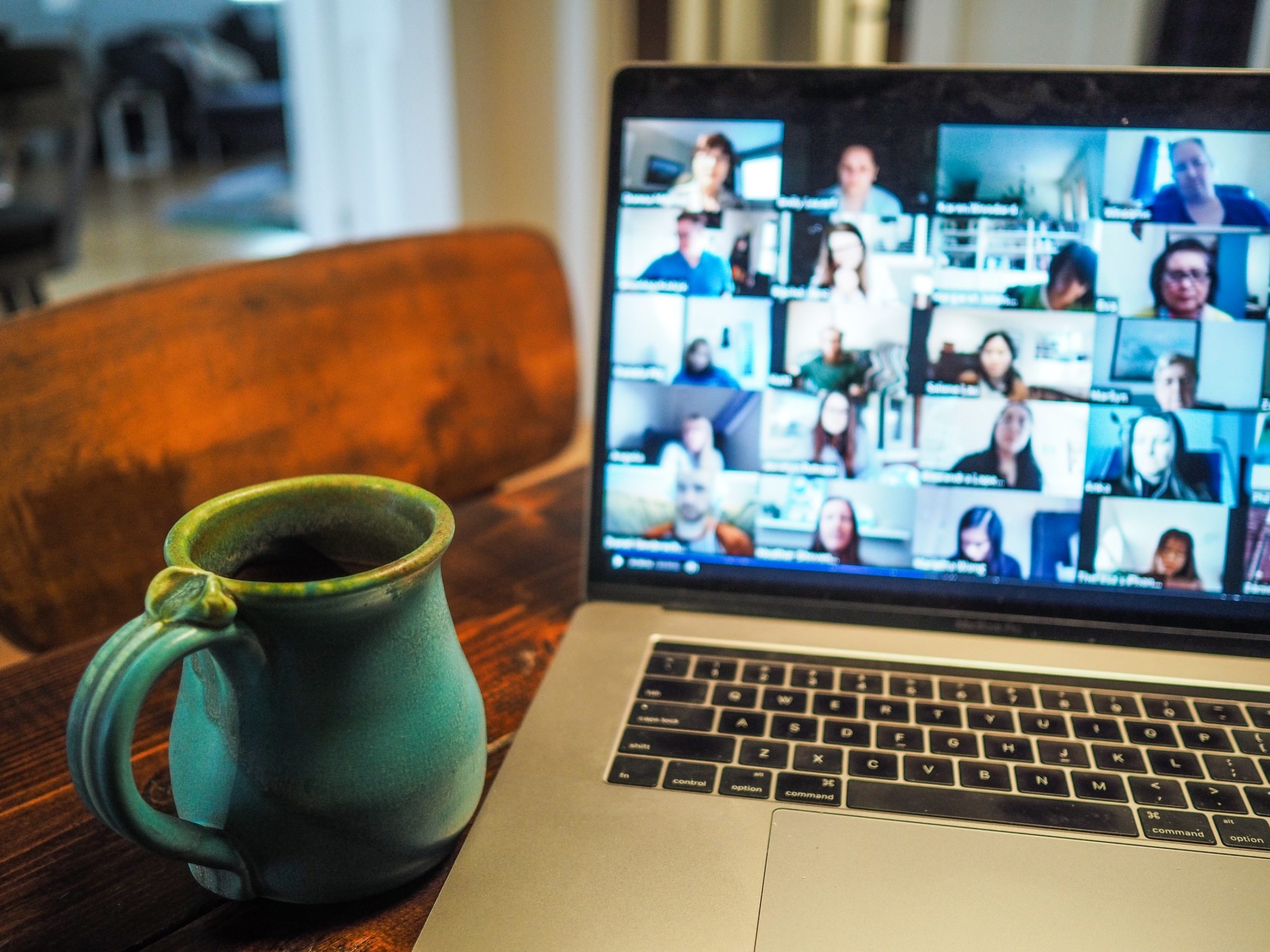I saw this tweet from a teacher’s daughter and my heart went out to him and every teacher who is embracing this opportunity to learn something new and redesign classes to meet learners where they are.
I have engaged with so many teachers who are stepping out of their comfort zones to learn and evolve to meet students’ needs and I am learning so much too. I am so grateful to see a more holistic view of the student success and emphasis on social emotional learning. Human connection and effective teaching and learning are crucial in distance learning. Although there are great tech tools and many programs that at first glance can seem to minimize complexity when everything continues to shift, we have to remember as we plan for the fall and beyond that there is no substitute for a teacher. Now more than ever we need teachers who can connect with students, guide them on their path and codesign authentic, participatory, and relevant learning experiences based on their needs, strengths, and questions.
Here are 10 ways that professional learning can support teachers to design engaging and empowering distance learning experiences.
Focus on Learning, Not Perfection
Although I have taught many online/ distance courses over the past 10 years, in the last 6 months I have been immersed in how to best design distance learning models and support educators to facilitate their own classes in ways that engage and empower learners. I have done virtual keynotes, webinars, lots of workshops, and 3-day institutes to support teachers to move from emergency remote learning to engaging learner-centered practices, any time anywhere.
Teaching or facilitating professional learning from a distance and in-person is not necessarily new but still, I am far from perfect and I continue to learn so much from the process and the educators that I engage with.
Sometimes things are clunky, and a link doesn’t work. Sometimes the internet just doesn’t cooperate, and slides take longer to load and sometimes when I am managing 100 things, I show my messy desktop instead of the slide deck. I was reminded this week when someone told me that when I acknowledge that things didn’t go perfectly, it helped her to see she didn’t have to be perfect either. Humility is essential, and giving yourself and others grace will go very far right now. As Brene Brown says, “I am not here to be right, I am here to get it right.” And so, I keep showing up and do the best I can.
Keep it Simple
It is easy to get overwhelmed with the new apps and always feel like I should be doing more. I have to constantly remind myself (because I have learned from my failures) to keep it simple and that adding more flashy tools doesn’t always make it better often, it makes it worse and the learning can get lost.
Create Connections in Small Breakout Rooms
Small groups are the most powerful but just like in the classroom, just putting people into groups doesn’t guarantee collaboration, and learning. Creating consistent small groups can allow for connection and using protocols to facilitate conversation and meaningful tasks is a great way to leverage the expertise of the educators in the group and make the learning more personal. This is a reflection that I got from a teacher this week and a reminder that although our learning spaces may look different, we can still create meaningful connections.
Learn by Doing
People have different comfort levels and skill sets. I have found the best way to support learners is to immerse people in meaningful tasks where they are motivated to figure things out. With technology challenges specifically, in larger groups, if you don’t create space to learn, people will check out, and if you spend too much time on the tech challenges people will check out. Learning by doing in small groups can allow those who are proficient to model and teach, while it can provide a safe space for others to engage in the learning without letting the technology get in the way.
Create More Personalized Learning Opportunities
This week I was working with educators who were designing their projects for their distance learning program. They had time to work and could choose to work with a colleague or on their own. The personalized time focused on their desired outcomes (including knowledge, skills, and habits) and how they could assess the learning process. We engaged in learning experiences to prepare them and I provided resources to explore based on their needs. Still, the goal was not to all be at the same place but to get what they needed to move forward because each project was different, and they were all at various stages of the planning.
Providing flexibility and focusing on the learning and growth rather than the completion of a task can empower learners to own their learning and do something that matters to them and others. Here is a reflection from a group of educators that captured the impact of their experience:
A 3 day evolution
Scared to hopeful – excited to see us moving to a CBL platform as a school
Talking together as a faculty on pedagogy – continue this conversation to define who we are as a school. People are open and willing to try new things but we need to continue the conversation
Different – we are talking not being talked to. Extroversion exercise – leveling to be together and share in an egalitarian way. This feels more human sharing, building together, collaborative
Continue this moving forward sharing ideas to support one another.
Make sure we continue the conversation to support one another through the process, we are together in this and we can create a formal structure of support.
Gain Empathy for Their Students
I can’t count the number of times that educators shared how being a learner gave them a new perspective on how to better design experiences for their students. When facilitating professional learning it is crucial that we provide experiences that not only model how teachers can design their distance learning classes but that we make time for reflection about what worked and what didn’t. A teacher shared with me recently, “Usually, I am stuck in the auditorium in an uncomfortable seat for our professional learning. I appreciate getting to move around and having the flexibility and be in my own house but learn, connect with colleagues, and plan for my classes.” This flexibility to learn and move around and make choices about their learning within certain constraints can also empower students.
Create Moments of Genuine Connection
This week Jennifer Gonzalez highlighted Moments of Genuine Connection on her blog.
The impact was reinforced when a teacher shared with me this week how she noticed and appreciated those moments of genuine connection in our professional learning:
“You have learned names and used them, attended to the context, made people feel heard and facilitated the conversations, attending to the chat, and all the while moving us forward in a caring way.”
This is one of the best compliments that I have received and a great reminder of how important it is that people feel seen and valued.
A counterexample to this is a teacher that 4 days into their back to school professional learning and meetings and his principal had yet to connect with him. He acknowledged how this made him feel invisible. Being intentional about connecting with each person takes effort and using someone’s name, noticing them, greeting them, and reaching out through chat, email, or in a phone call can make a world of difference.
Ensure Multiple Spaces for Voice and Interaction
One of the main reasons that whole group instruction all the time is so ineffective is because people have varied needs, goals, and ways they prefer to learn and engage. Some people like to talk and can dominate conversations, some like to take their time and process and if we always take the first to respond we miss out on their ideas. For this reason and many others, creating multiple outlets for people to learn, share, and put ideas into practice is important. In addition to small groups, the chat feature has proven to be a powerful tool for discussion, diverse representation of voices, and increased engagement.
Additionally, classroom jobs which are great for connecting with students and those same jobs can be also helpful in professional learning. In a recent Distance Learning Institute I facilitated, we had someone responsible for playing music when we had reflection time (if you don’t want to listen you can mute), we had someone who could help troubleshoot tech issues and tell jokes to get us connected after a break. In addition to our small groups, and personalized work time, this allowed us to build the community and ensure multiple voices were heard.
Ask for Feedback Often
I love this thread about student perspectives on TikTok and Morgan Jackson’s perspective as a teacher too.
Every time I teach, I learn so much. Sometimes it’s because of what goes well but also when things fail and I get feedback on how to improve. Ask for feedback early and often and use it to improve.
Seek to Understand, Not Demand
The camera on is a hot button for a lot of teachers and administrators and it can seem as if people are disengaged, or if people are late it can seem as if they don’t care. Just this week I had teachers who couldn’t turn on their computer because they didn’t have enough bandwidth, their computers just didn’t work, one shared he was late because he had just had a Covid test, another was defending her master’s thesis. There will be family emergencies, tech issues, personal issues etc and we can’t know what someone else is going through but if we seek to understand, not demand compliance we will learn so much more about people and build relationships instead of shutting people down.

I love this language to try from Jimmy Casas in Live Your Excellence.
Modeling the Practices We Seek
As we navigate the challenges of Covid and distance learning we have an opportunity to shift practices and leave behind what has been ineffective and rapidly accelerate the adoption of new practices. Our beliefs and expectations shape our experiences, including professional learning, which is why we need to model these practices for teachers to mirror the learning experiences we want to create for learners.
We can continue to buy new programs and buy new resources, but if we fail to engage and empower teachers to design better experiences for their students, I believe we will miss the greatest opportunity to develop the knowledge skills and mindsets that learners need to thrive and navigate the uncertainty we are all facing.



0 Comments